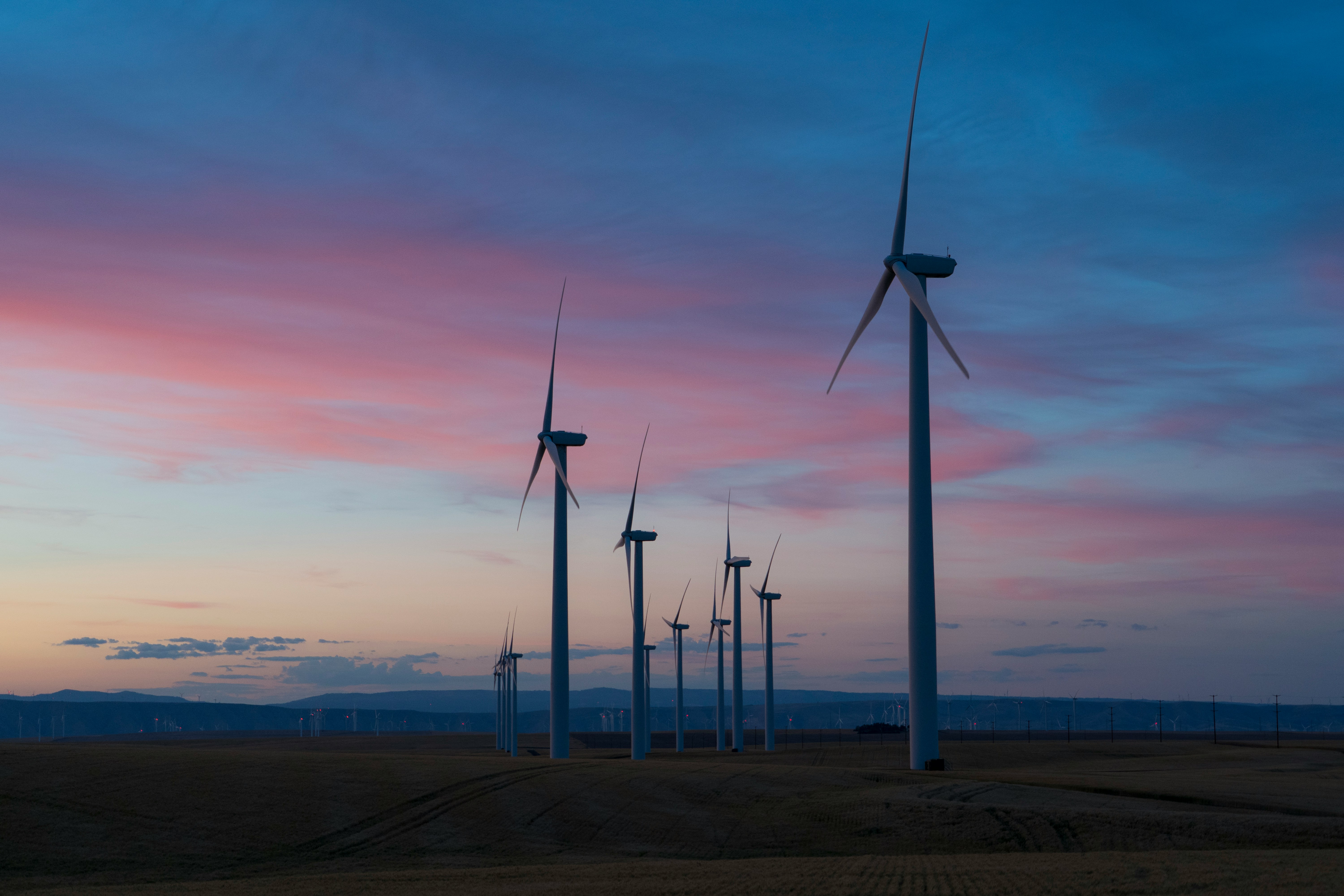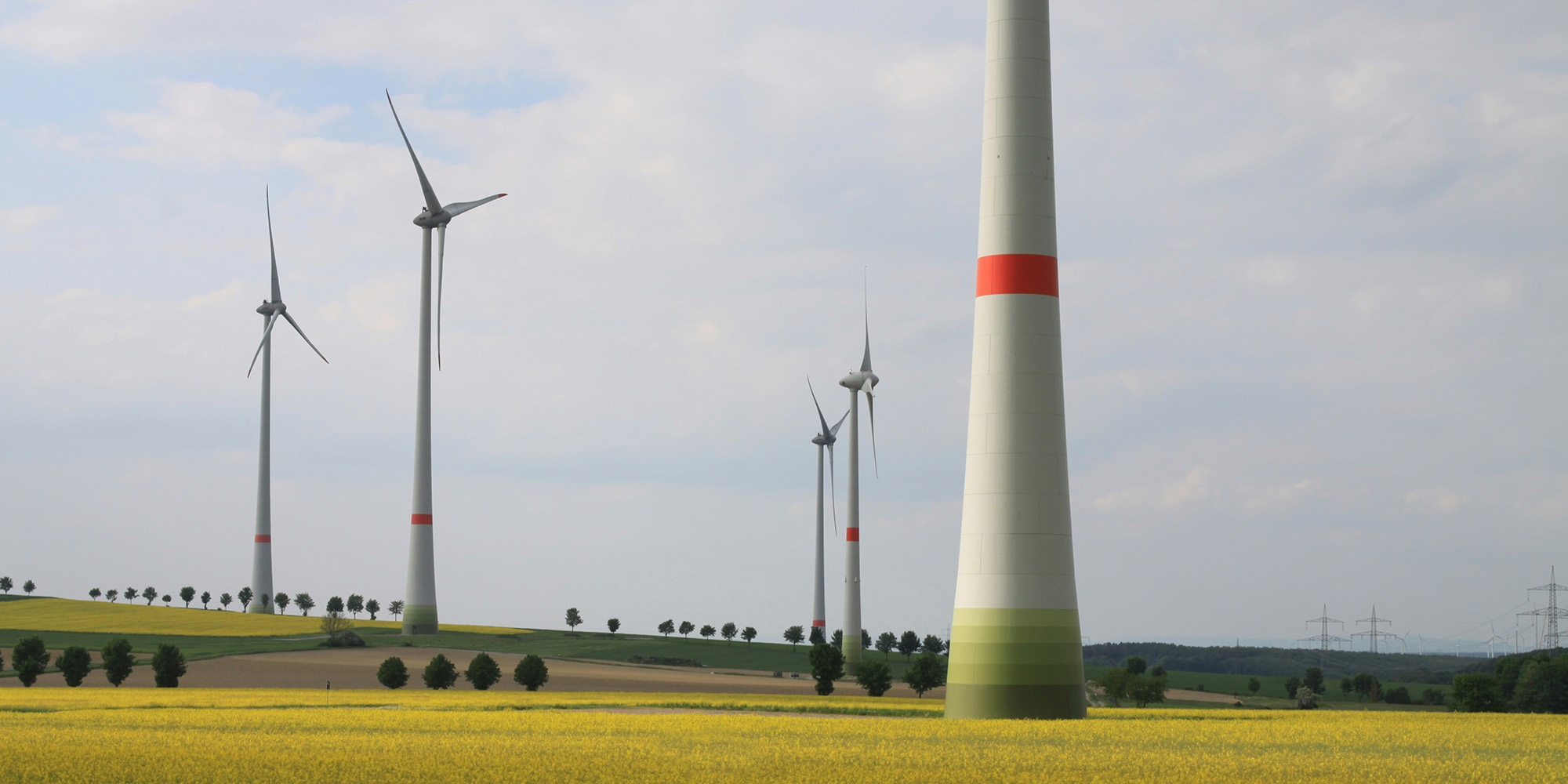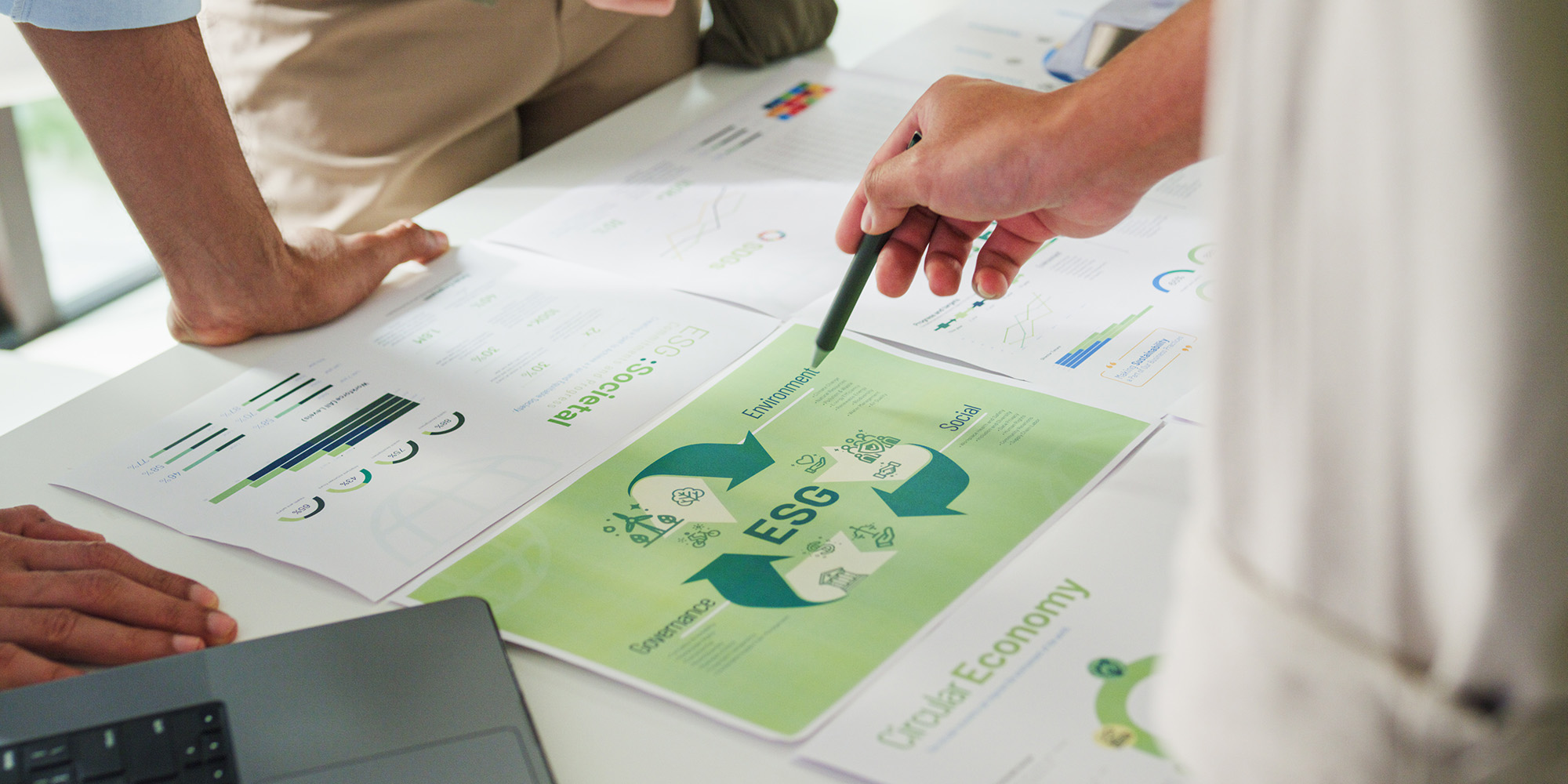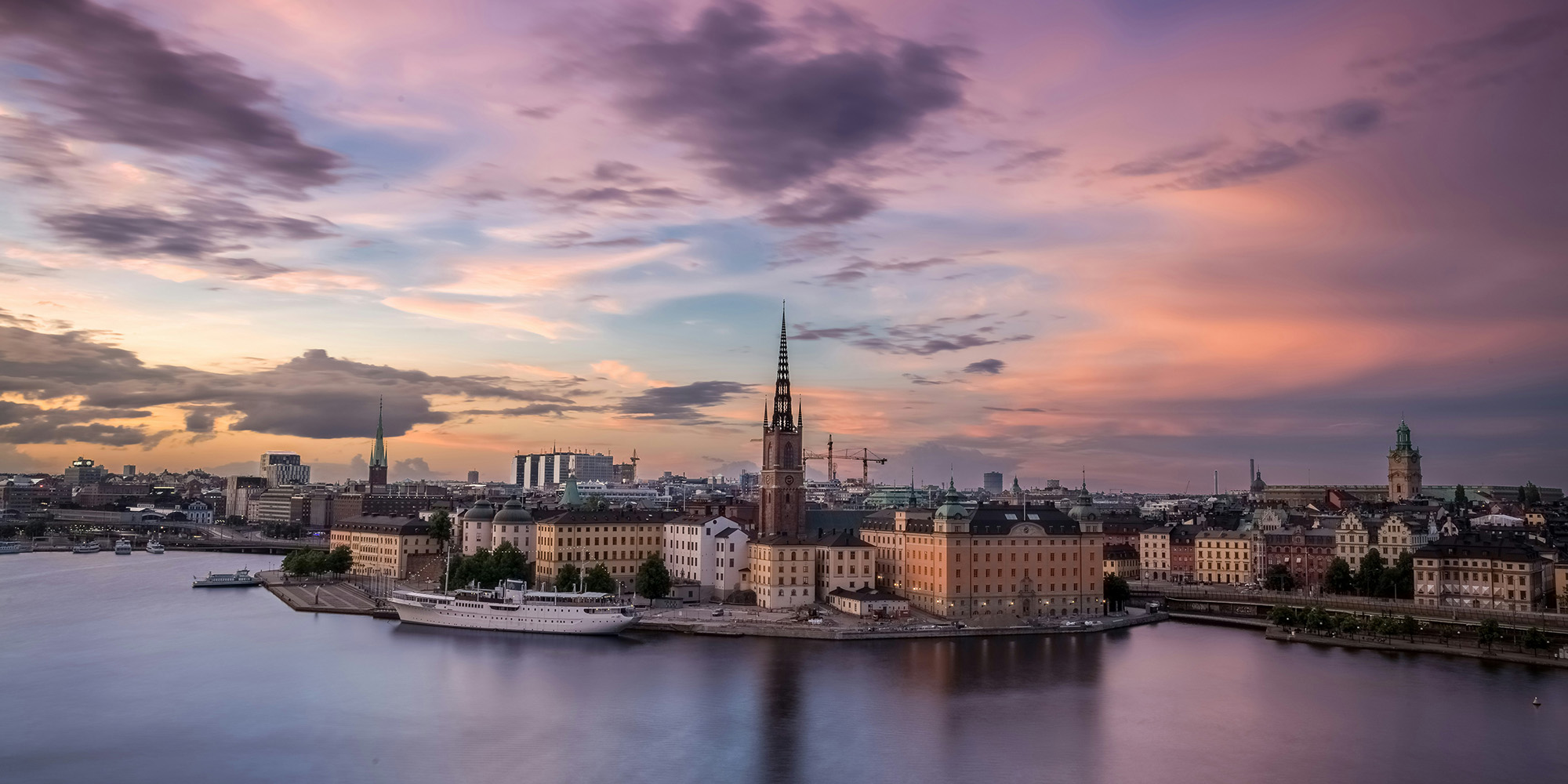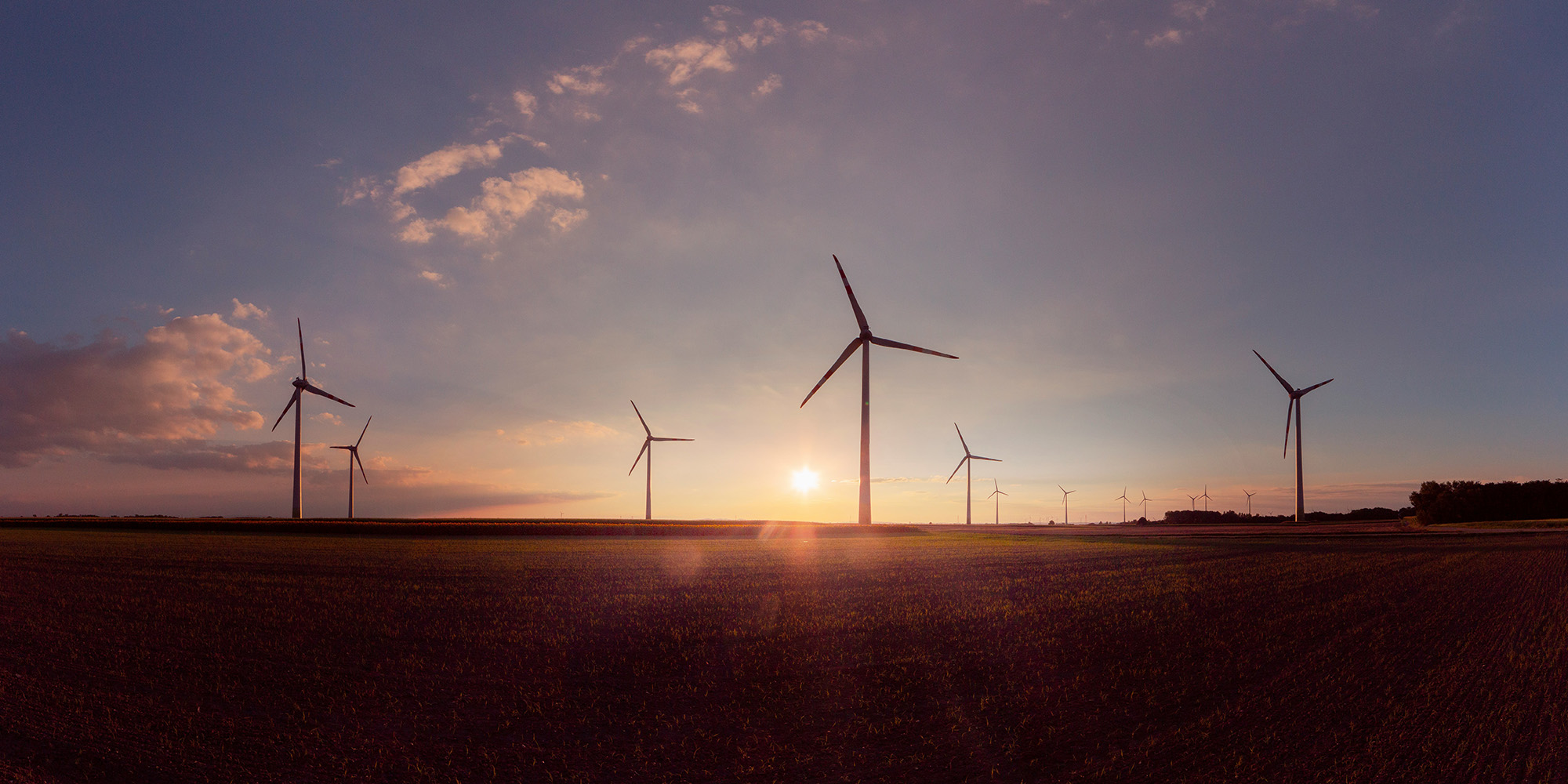Our family has always enjoyed “testing out” new, fun and “greener” products & lifestyles. We share the interest and urge to move toward a more sustainable household, but hardly being experts in any of this. We believe that looking for the perfect solution too easily can stop us from nudging forward, learning and then choosing an even better option the next time around.
On a global scale, 2016 and the beginning of 2017 has been a time of great contrasts and upheaval. While the world saw agreement on 17 inspiring UN SDG’s, and real enthusiasm around a global climate agenda in Paris, we have also seen dark forces emerge on all continents – working hard to reverse these monumental gains.
We live our lives in Asker, a beautiful and “care-free” municipality outside Norway’s capital city Oslo. Norway is wealthy, and being born a Norwegian is like winning in the big lottery.
Provoked by the growth of “the dark forces” – and with the good forces not able to break through the populist media hype in our local political landscape we decided to move forward ourselves.
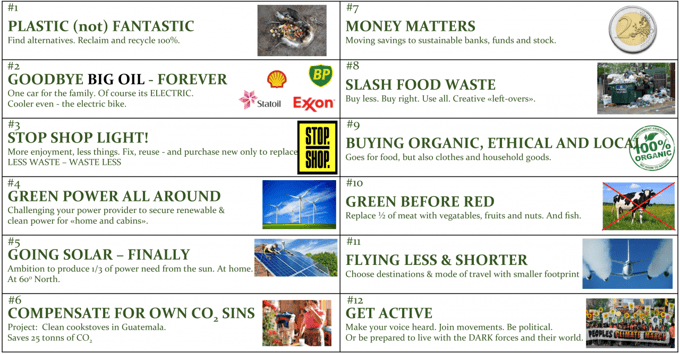
In part 1 and part 2, I tried to describe the first 8 climate areas which we try to address. Below I will continue with the last 4 areas – namely 1) buying organic, 2) eating less meat, 3) reducing air travel and finally 4) getting engaged.
#9 BUYING ORGANIC, ETHICAL AND LOCAL
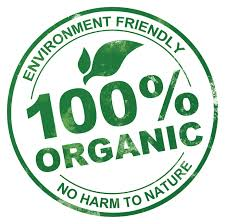 Consumers’ interest in understanding where their food is coming from is soaring. In addition to asking who has produced the food, we are also more and more concerned about how our food is produced.
Consumers’ interest in understanding where their food is coming from is soaring. In addition to asking who has produced the food, we are also more and more concerned about how our food is produced.
Many of us are increasingly sceptical to the dominance of industrial agriculture – where production effiency and volume overshadows the impact this has on the environment and our climate.
A growing share of consumers are asking for “clean food” – where there is less, or no use of pesticides, industrial fertilizers and anti-biotics.
We also want to know that farmers are receiving a fair income, that animals are treated well and that products have the lowest carbon footprint possible.
This year we have done more than talk about this – we have changed our buying habits quite dramatically. Although Norway still is lagard in this space – we can more often than before, choose local products, organically produced, and often where animal welfare is documented.
#10 GREEN BEFORE RED
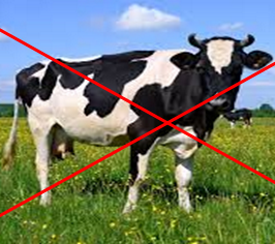 Everyone knows that the production of meat is a large contributor to global greenhouse gas emissions. The craving for more meat also results in the destruction of ever larger areas of virgin rainforests.
Everyone knows that the production of meat is a large contributor to global greenhouse gas emissions. The craving for more meat also results in the destruction of ever larger areas of virgin rainforests.
When we also know that an increased share of meat in our daily diet contributes directly to many of the fast-growing lifestyle diseases – cutting down on the family’s meat consumption is no-brainer.
We haven’t stopped eating meat altogether – but have replaced a significant share with more vegetables and fish. When we do eat meat – we often purchase meat from organic farms, and sometimes wild game when available.
Scrapping meat is easy – it feels good, and actually does make a real difference!
#11 FLYING LESS AND SHORTER
 Air-travel – along with international shipping – remain unregulated by international climate agreements. And this while air travel is responsible for 2 % of all global greenhouse emissions. This is challenging – for two main reasons.
Air-travel – along with international shipping – remain unregulated by international climate agreements. And this while air travel is responsible for 2 % of all global greenhouse emissions. This is challenging – for two main reasons.
One is related to the lack of short term technology solutions that could change the industry – fast – to a low-emission sector. There are numerous test using biofuels in traditional planes, as well as futuristic electric prototypes of small planes. All with very limited short-term effect. Unfortunately. The second obstacle is that our global community is travelling more – not less. And farther, not shorter. And it’s cheaper to travel than ever.
For our family’s common carbon budget – air travel is a disaster. It is by far the activity that creates the biggest and most negative effect.
In 2017, the family decided to try to avoid extensive international holiday travel. We have limited air travel mostly to what has been work related, and to shorter trips domestically. No continental flights. No exotic destinations in remote corners of the world. Although this probably have had a significant effect on our total emissions – it feels very unrealistic to have the world stop travel. The urge to travel is strong. The ability – cost- and time-wise – is growing. We can take small steps ourselves – but we need international agreements to regulate emissions from air travel, and incentive system encouraging real investment in sustainable solutions.
#12 GET ACTIVE
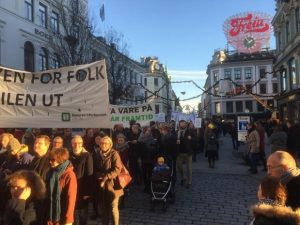 The biggest threat to our civilization is climate change.
The biggest threat to our civilization is climate change.
The largest challenge in curbing climate change is not ignorance represented by politicians like Trump, or “fake news” from quasi-scientific climate deniers.
The most serious threat comes from the lack of engagement from “people in the street”. A large majority of people across our 5 continents are aware of, and understand that climate change is happening, and needs to be stopped.
Instead of hoping for dramatic political action, new paradigm-shifting technology or responsible business to pull the weight alone – our only real hope is that people realize they can make a difference.
In many areas, we have been engaged for many years. In 2017, we still decided to “ramp it up”!
The biggest change has been that we decided to make our engagement more visible. Instead of mostly “debating with friends” over a glass of red wine – we have “gone public”. Especially using social media to bring our engagement out – has been inspiring and fun.
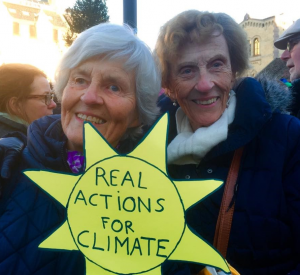
WE HAVE NO TIME TO LOSE
- Act now. Start with the easy stuff.
- Purchase products that are better – not necessarily perfect.
- Protest and campaign.
- Vote green.
- Support your local environmental organization.
- Debate and learn, but have fun doing it.
- Be inspired. Bring your aunt and your mother.
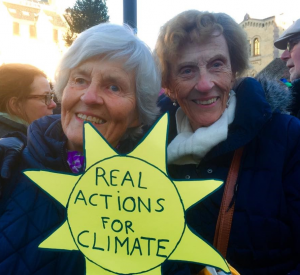

.png?width=3840&height=2560&name=Sun(1).png)

.png?width=3840&height=2560&name=Landscape_2(1).png)
